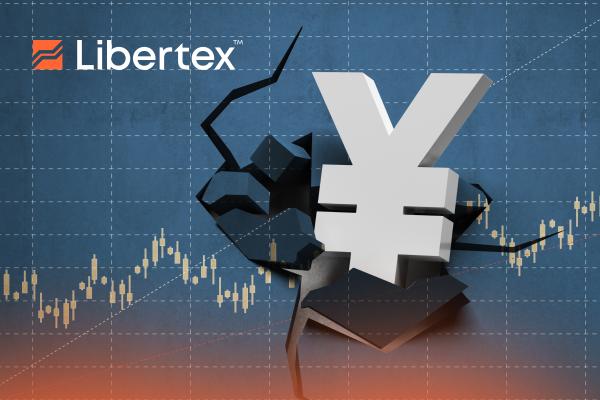Many people in Europe were shocked by the historic parity achieved between the US dollar and euro late last year. It was certainly a surprise but a relatively short-lived one, and prices soon rebalanced. Unfortunately, for the people of Japan, their currency woes only seem to go from bad to worse. To put things into perspective, the USD/EUR parity debacle only represented about a 15% depreciation for the European single currency, while the yen has lost well over 30% of its value against the greenback since 2020 and over half since 2012.
At one time, the yen was seen as a safe haven comparable to the dollar, but those days are long gone. The factors for the Japanese currency's downfall are numerous: from a declining industrial sector to an ageing population to, not least, an ultra-dovish monetary policy that is now at odds with pretty much the entire developed world.
As we head into the final quarter of this year, the entire Asia-Pacific region is poised on a knife-edge, with escalating tensions in Taiwan and the South China Sea threatening to plunge the region into a full-scale conflict. And while we're not yet at the same level as in Europe or the Middle East, this remains an additional risk for stability in the region. But what most investors and ordinary Japanese people are wondering right now is: Where is the bottom for the yen, and what will be the wider implications of its huge devaluation?
A delicate balance
A weaker domestic currency is a double-edged sword and is by no means all doom and gloom on a macroeconomic scale. While it's true that the cheap yen makes dollar-denominated goods and commodities much more expensive for the Japanese, it also makes their own goods much more attractive to other countries. Following an initially robust recovery post-pandemic, Japanese GDP figures have faltered of late, with the latest Q2 numbers showing slower-than-expected growth of just 4.8%. Not only are domestic consumers spending less, but the fallout from Fukushima continues to wreak havoc on the country's $2.6 billion seafood export business.
After Tokyo Electric Power dumped radioactive water into the Pacific Ocean, the CCP enhanced its restrictions on seafood from prefectures close to Fukushima to a blanket ban on all Japanese seafood. With China being far and away the biggest importer of Japanese seafood, the impact of the ban has been sorely felt in Japan. However, the ultra-weak yen may just come to the rescue of Japan's economy in the months ahead as the country's exports become increasingly competitive globally.
And it's not just seafood. As their dollar prices plummet, Japanese goods of all categories become more and more attractive to consumers around the world. Naturally, an equilibrium must eventually be found, but if the yen remains anywhere above 140, this would be a boon for the country's economic output.
Too soft or just right?
It's no secret that the Bank of Japan has had some of the most consistently dovish policy of any central bank and has maintained such a stance for much longer than many of their counterparts around the world. In fact, Japanese interest rates have been steady at around 0% for 25 years now, even entering into negative territory in 2016. Indeed, the BoJ's base rate still sits at -0.1% at a time when most of the rest of the world is at around 5% or above, which means Japanese consumers actually lose money on any cash they save.
Ironically, however, inflation in the Asian economy is far lower than in Europe. Even though the BoJ is upgrading its initial projection for the year up to March 2024 from 2.5% to 3%, this is still much closer to the 2% target than many EU countries, where annual rates of up to 10% are being observed. This naturally means that the Japanese central bank feels it has enough leeway in terms of macroeconomic indicators to maintain its ultra-dovish policy, and it's undeniable that it's working for them, given the state of price pressure around the globe.
However, as yields on euro- and dollar-denominated assets increase, this will ultimately end up translating into higher yen prices. Oil, for instance, is going to become exponentially more expensive for Japanese businesses, and this is likely to have an eventual knock-on effect on inflation in the Asian nation. With this in mind, we would be wise to expect the BoJ to raise rates eventually in a bid to shore up USD/JPY or at least prevent further rises.
Trade forex and more CFDs with Libertex
As a CFD broker with decades of experience connecting ordinary traders and investors with the financial markets, Libertex gives the opportunity to trade CFDs on a wide range of covered asset classes — from stocks, commodities and ETFs through to options, crypto and, of course, traditional currencies — Libertex offers both long and short CFD positions in a variety of underlying assets. For instance, Libertex can offer competitive leveraged CFD trading in forex pairs such as USD/JPY and EUR/JPY, as well as more exotic crosses like NOK/JPY and SGD/JPY.


